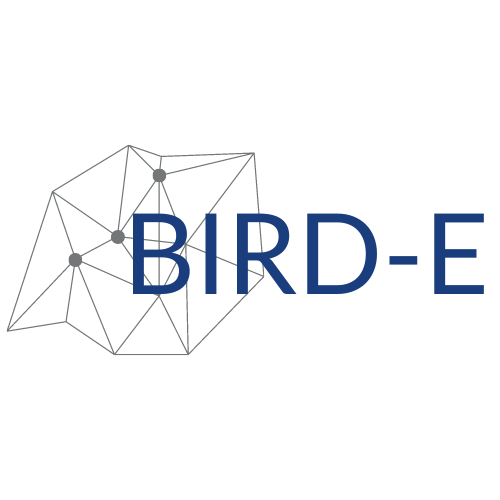Blog: Practitioner Research Needs & Lack of Supply
Understanding why practitioners are unable to access quality research and what we can do to solve this problem
From a practitioner’s standpoint, research is cumbersome to navigate and oftentimes inaccessible. For example, only 18% of administrators feel that there is enough evidence-based information to make digital learning decisions for their schools. As practitioners’ research needs grow, the wide gap between these needs and the actionable research available continues to expand. A few key problem areas we identified are elaborated below.
Lack of research optimization: After the No Child Left Behind Act passed in 2001, education research grew and we saw a growth in the amount of research being collected. However, this research sits in evidence bases, lacking direction on how to be used. A big question that currently plagues the sector is how to effectively optimize research for practitioners and how to create a useful and usable knowledge base. Without proper research optimization, researchers will continue to conduct research with practically no audience, and practitioners will have to fend for themselves to determine the best practices for their schools. This limits progress, and hinders building synergy between research and practice. The lack of a common language makes much of the existing research difficult to interpret and creates a silo where research is contained, eliminating the chance of it being realized and its potential.
Insufficient usage of time and resources: Practitioners do not have time to sift through different resources; they want to be able to figure out the best practices immediately. Proper usage of data, evidence, and research is currently nonexistent because of an inefficient use of time and resources. Collaborative efforts in the research process are spent more on collecting and analyzing data rather than thinking about practices to make the data more practical and usable. Additionally, the schools that always suffer the most - those serving our most marginalized populations - also need high quality evidence the most. But good quality research and evidence that is accessible is scarce.
Research needs to be centered around the practitioner: Research needs to be conducted with the practitioner in mind. Giving research to practitioners without any understanding of how to interpret the findings is like providing a healthcare provider with patient data but no information on what intervention works to help their patient. The system needs to be restructured to be able to serve educators - or the end user - similar to how sectors like healthcare, engineering, and architecture do. These sectors center their problem solving approach around aligning the research hypothesis with their users’ needs. We want to make sure that the right investments are being made in research based on what practitioners actually want, and we need to offer proper strategies to put it in the hands of the practitioners who will use them.
In the field of education research, the relationship between methodology and experimental design as a measure of quality remains a subject of debate. This question has broad and lasting implications, leading to a dichotomy of interventions being published that are neither replicable nor generalizable to real-world settings. This issue can be solved in part by adoption of a universally understood conceptual framework in education, which the BIRD-E Blueprint strives to achieve.
BIRD-E hopes to optimize research for practitioners by bridging the current divide that exists between research and practice. With BIRD-E and the Blueprint, we can build a robust research infrastructure that will allow all stakeholders of education to unite and use a common language to conduct research that produces actionable, evidence-based outcomes. Instead of practitioners and researchers existing in their own spheres, researchers and practitioners can come together to accomplish meaningful and impactful change.

